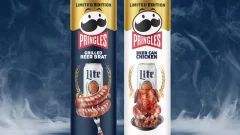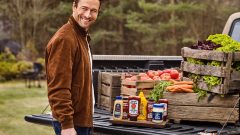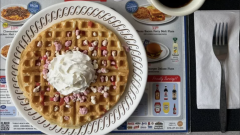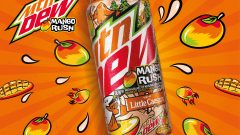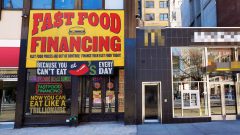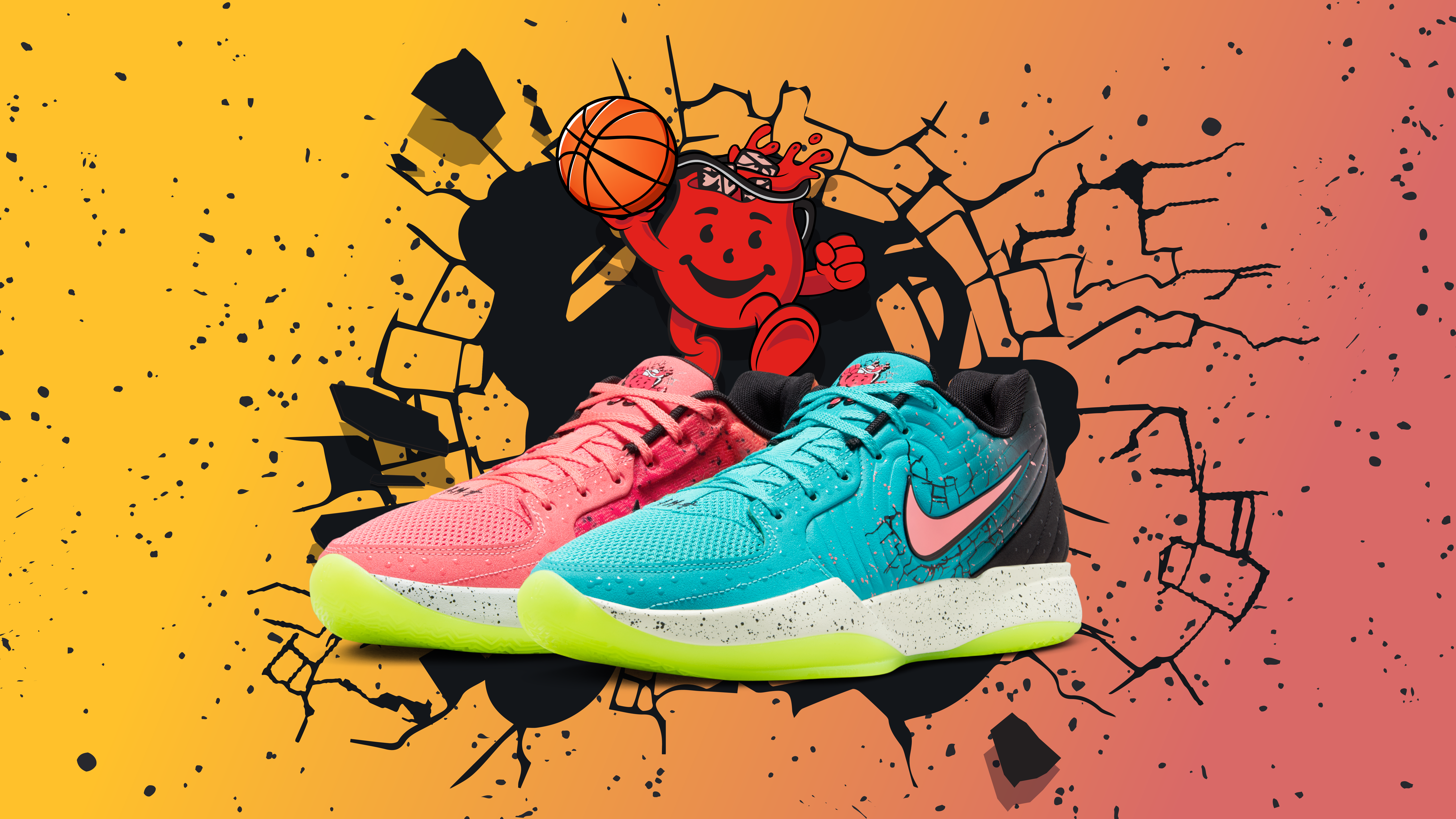What I Learned: Santa Maria-Style Barbecue
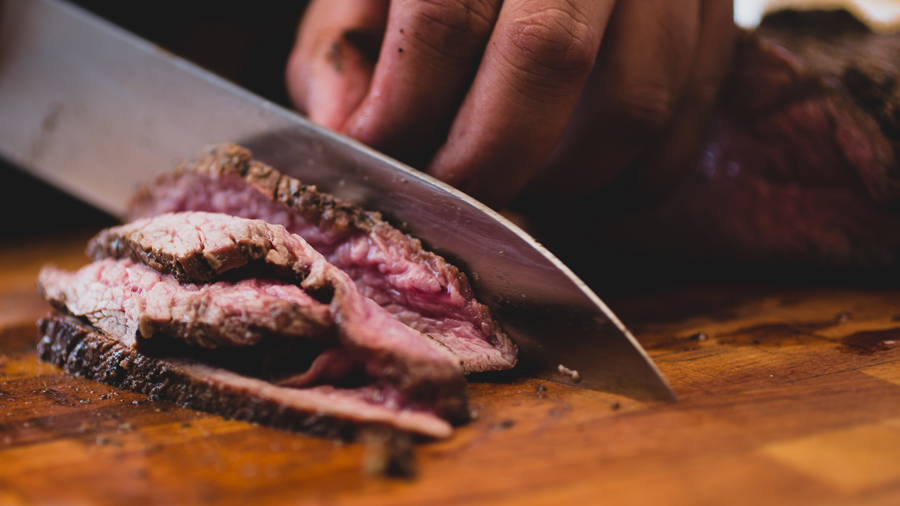
Photo: Peter Pham
I have always been fascinated with barbecue culture. Waking up at the first light of dawn to tend to the fires, choosing from an assortment of wood to burn to enhance the flavor, and the plump and tender reward that comes from hours of manning the smoker.
There have been so many different styles of barbecue, each specific to a region, that always leaves me salivating for details. Every time I visit a new barbecue joint, I find my inquisitiveness for the details just as powerful as my hunger for the ‘cue.
Here I am, just a dude who loves barbecue ready to seek out pitmasters from all over to see what’s the story and techniques behind these different types of barbecue styles.
First up on my barbecue tour of knowledge is Santa Maria-style.
This Central California-based type of barbecue is the lifeblood of pitmaster Jason Espiritu’s Stoked! concept. Found at Smorgasburg Los Angeles, Espiritu runs the Stoked booth with fellow pitmaster Mario Dolete where the team serve hungry barbecue fans Santa Maria staples like tri-tip, garlic bread, and pinquito beans.
I spoke to Espiritu, eager to learn more about his craft and where his barbecue comes from.
So what’s Santa Maria Barbecue?

Photo: Peter Pham
According to the pitmaster, the Santa Maria style barbecue tradition began in the 1800s when California was still a part of Mexico. A region ripe with cattle, Mexican ranchers known as “vaqueros” were the gatekeepers to the supply of beef.
The vaqueros would throw huge barbecues for the community a few times each year, bringing everyone together for a feast. I’d like to picture it as a meat-filled House Party prequel, complete with an 1800s Kid ‘n Play.
A few cows would be chosen to be butchered and all the cuts would be cooked over a large pit dug into the ground. The meats would then be seasoned with a simple rub and whole logs of red oak thrown into the fire, letting the wood burn beneath the meat for hours.
Espiritu recalls:
“During the summers every weekend there would be 10-20 barbecue pits set up all up and down our main street in Santa Maria called Broadway. The smoke would literally fill the air making it where we had to drive a little slower. This almost served as a surefire way to bring everyone together.”
Style of Cooking
In Santa Maria, meat is smoked directly over fire in an open pit grill. Traditional cuts of beef such as tri-tip, top sirloin, and ribeye are most commonly used.
A cooking grate is used to lower or raise the meat in order to control the temperature over the course of the smoking process via a crank and pulley system.
Red oak wood, a local wood to the Central Valley of California, is deemed the King of Oak Wood. The wood burns strong, but the smoke doesn’t overpower the taste and texture of the beef.
A typical Santa Maria dry rub consists of salt, pepper, and garlic salt. The idea is to focus more on bringing out the natural beefy flavor of the barbecue.
On The Menu
Tri-tip
-Tri-tip is typically red oak-smoked and simply dry rubbed.
-It is cut both thin or thick against the grain and served medium rare.
Garlic French Bread
-Garlic butter on French bread toasted over a wood-fired pit.
Pinquito Beans
-A bean local to Santa Maria that’s smaller than the pinto.
-Originated in Mexico, the crop was brought to California where it flourished.
Salsa
-Santa Maria-style barbecue doesn’t use barbecue sauce. Instead, the meat is served with salsa.
Local Central Valley Wine
-Because the Central Valley of California is a well-known wine region, barbecue is sometimes served with wine.
-The robust profile of the wine pairs nicely with the barbecue.
Jason concludes his crash course into the richness of Santa Maria barbecue by reiterating that Santa Maria-style isn’t complete unless it’s shared with others. Seriously, no one wants to eat barbecue alone.
Anyone curious to try the authentic Santa Maria tri-tip smoked with red oak and served with garlic bread may want to check out Stoked! at Smorgasburg LA every Sunday. Currently, they are working to open a brick-and-mortar location in Los Angeles.

